Commenti / Domande (123)
Nashwaahmed ha scritto:
I am sorry but i have a new question...i am knitting the front side now of the sweater and i don't understand the part which says AT THE SAME TIME cast off on every row from neck: 2 sts then 1 st. how would i work it ? does it mean that every row starting from the neck i should bind off 2 stitches?? and where should i bind off that other stitch ? please help me as i am stuck at this point...thank you :)
24.02.2013 - 01:27DROPS Design ha risposto:
Dear Mrs Nashwaahmed, you are correct, every row starting from the neck you will bind off 2 sts 5 times in size S, 6 times in size M etc... then every row starting from the neck you will dec 1 st 8 times in size S, 7 times in size M etc... Happy knitting !
25.02.2013 - 10:56
![]() Vivi Frederiksen ha scritto:
Vivi Frederiksen ha scritto:
Hvordan skal man forstå M.4,M.2, vil gerne have det forklaret. Er meget i tvivl hilsen vivi Frederiksen
12.02.2013 - 14:05DROPS Design ha risposto:
M.1, M.2 og M.3 er diagrammerne som staar nederst paa mönstret. Naar vi skriver "M.1" i mönstret betyder det at du skal strikke diagram M.1. God fornöjelse
14.02.2013 - 13:40Nashwa Osama ha scritto:
I am sorry again but i cant get diagram M.3 at all i am working a medium sized sweater now and when reaching M.3 i don't know where to start and where to end , should i neglect the pattern on the right side of the arrow and just work those on the left side only and repeat ? but if i did it like that the pattern wouldn't be the same as it shown,thank u :)
05.02.2013 - 21:16DROPS Design ha risposto:
Dear Mrs Osama, for size M, start at the arrow "M" and read towards the left side (from RS), then repeat diagram from 1st square at bottom right corner (arrow size XL) towards the left side and repeat the 18 sts of the diagram. Happy knitting !
05.02.2013 - 21:44Nashwa Osama ha scritto:
Thank you a lot i figured it out now :) but another question popped into my head for the M.3 pattern..say if i am working a small or a medium size sweater where to start the pattern ? from the left of the arrows or the right ?? because as i know when we read patterns like that we start from the bottom right to the left then continuing the next rows in the same way. thank you in advance :)
04.02.2013 - 21:07DROPS Design ha risposto:
Dear Mrs Osama, you are correct, diagrams are read from RS from the right towards the left side, then from WS from the left towards the right side. Happy knitting !
05.02.2013 - 09:29Nashwa Osama ha scritto:
Thank you a lot i figured it out now :) but another question popped into my head for the M.3 pattern..say if i am working a small or a medium size sweater where to start the pattern ? from the left of the arrows or the right ?? because as i know when we read patterns like that we start from the bottom right to the left then continuing the next rows in the same way. thank you in advance :)
04.02.2013 - 17:24Nashwa Osama ha scritto:
Hi there i have a question on this pattern and i need to know how to figure it out before starting on this sweater my question is after everything is done when picking up the stitches for the ribbing of the neck i don't get that part at all how to make the collar overlapping like shown in the picture? can you please help me ?
03.02.2013 - 02:06DROPS Design ha risposto:
Dear Mrs Osama, collar edge is worked back and forth on needles. When all sts are bound off, just sew left side of the collar (end of rows) along the right side and sew to the edge. The right side of the collar will be sewn under the left side. Happy Knitting !
04.02.2013 - 09:51
![]() Anni Due Hansen ha scritto:
Anni Due Hansen ha scritto:
Ang. forstk : hvordan sørger man for at M.3 som er asymetrisk bliver ens på hver side af halse ??
10.01.2013 - 21:19DROPS Design ha risposto:
Du skal spejlvende mönstret. Saa du skal starte paa höjre skulder praecist som du sluttede paa venstre (billede).
16.01.2013 - 17:30
![]() Coco ha scritto:
Coco ha scritto:
Das Diagramm zeigt das Muster von der Vorderseite. Heisst das, dass die Maschen auf der Rückseite so gestrickt werden wie sie erscheinen? Auf dem Diagramm sind also Runde 1, 3, 5, 7... gezeichnet? Herzlichen Dank für Ihre Rückmeldung...
08.12.2012 - 21:51DROPS Design ha risposto:
Liebe Coco, im Diagramm sind ALLE Reihen dargestellt, die Rückreihen sind also Reihe 2,4,6, etc. im Diagramm. Viel Spaß beim Stricken!
09.12.2012 - 08:23
![]() Lena ha scritto:
Lena ha scritto:
Är nästan färdig med tröjan i stl M och har upptäckt att det går åt mer garn än 700 g. Kommer nog behöva åtminstone 100 g till. Har följt mönstret exakt, använder rekommenderat garn och stickor och stickfastheten stämmer. Blev lite förvånad, eftersom min tidigare erfarenhet av drops mönster är att den beräknade garnåtgången snarare är i överkant, och jag brukar ha 100-150 g över efter att ha stickat en tröja som brukar vara perfekt till en mössa eller ett par vantar:)
12.10.2012 - 14:54Irene ha scritto:
Agradezco las publicaciones. Este sweter me quedó genial, siguiendo el patrón.Gracias.
20.09.2012 - 20:41
Sir Lancelot#sirlancelotsweater |
||||||||||
|
|
||||||||||
Maglione da uomo lavorato ai ferri con motivo a punto fantasia e collo a V, in DROPS Karisma. Taglie: dalla S alla XXXL.
DROPS 135-36 |
||||||||||
|
PUNTO LEGACCIO (avanti e indietro sui ferri): Lavorare tutti i ferri a dir. PUNTO FANTASIA: Vedere i diagrammi da M.1 a M.3 – i diagrammi mostrano i motivi sul diritto del lavoro. M.1 = 24 m, M.2 = 12 m e M.3 = 18 m. -------------------------------------------------------- DIETRO: Si lavora avanti e indietro sui ferri. Avviare 110-122-134-146-158-170 m (comprese 1 m vivagno da ciascun lato) sui ferri n° 3 con il filato Karisma. Lavorare a coste come segue: (visto sul diritto del lavoro): 1 m vivagno a PUNTO LEGACCIO - vedere le spiegazioni sopra, * 1 m a dir, 3 m a rov *, ripetere da *-* e finire con 1 m vivagno a punto legaccio. Quando le coste misurano ca. 5 cm (fare in modo che il ferro successivo sia sul rovescio del lavoro), passare ai ferri n° 4 e lavorare 1 ferro a rovescio sul rovescio del lavoro e allo stesso tempo diminuire 12 m in modo uniforme = 98-110-122-134-146-158 m. Lavorare il ferro successivo (sul diritto del lavoro) come segue: TAGLIA S: 1 m vivagno a punto legaccio, diagrammi M.1, M.2, M.1, M.2, M.1 e 1 m vivagno a punto legaccio. TAGLIA M: 1 m vivagno a punto legaccio, 6 m a maglia rasata, diagrammi M.1, M.2, M.1, M.2, M.1, 6 m a maglia rasata e 1 m vivagno a punto legaccio. TAGLIA L: 1 m vivagno a punto legaccio, diagrammi M.2, M.1, M.2, M.1, M.2, M.1, M.2 e 1 m vivagno a punto legaccio. TAGLIA XL: 1 m vivagno a punto legaccio, 6 m a maglia rasata, diagrammi M.2, M.1, M.2, M.1, M.2, M.1, M.2, 6 m a maglia rasata e 1 m vivagno a punto legaccio. TAGLIA XXL: 1 m vivagno a punto legaccio, 12 m del diagramma M.1 – iniziare dalla 13a m partendo dalla destra del diagramma, diagrammi M.2, M.1, M.2, M.1, M.2, M.1, M.2 e 12 m del diagramma M.1 – iniziare dalla 1a m del diagramma - e 1 m vivagno a punto legaccio. TAGLIA XXXL: 1 m vivagno a punto legaccio, 18 m del diagramma M.1 – iniziare dalla 7a m partendo dalla destra del diagramma, diagrammi M.2, M.1, M.2, M.1, M.2, M.1, M.2 e18 m del diagramma M.1 – iniziare dalla 1a m del diagramma - e 1 m vivagno a punto legaccio. TUTTE LE TAGLIE: Proseguire lavorando come indicato finché il lavoro non misura 48-49-50-51-52-53 cm. RICORDARSI LA TENSIONE DEL LAVORO! Chiudere ora 1-2-2-3-4-5 m da ciascun lato per gli scalfi (quindi chiudere le m all’inizio dei 2 ferri successivi) = 96-106-118-128-138-148 m. Proseguire seguendo il motivo come prima e lavorando a punto legaccio la m vivagno da ciascun lato. Quando il lavoro misura ca. 58-60-62-64-66-68 cm (bisogna essere a metà di una ripetizione o aver completato un’intera ripetizione in verticale dei diagrammi M.1 e M.2), lavorare 2 ferri a m rasata; proseguire poi seguendo il diagramma M.3 su tutte le m (tranne le m vivagno) – vedere le frecce corrispondenti alla propria taglia; questa freccia indica dove iniziare con il diagramma. ALLO STESSO TEMPO quando rimangono da lavorare 4 ferri del diagramma M.3, chiudere le 36-38-40-42-44-46 m centrali per il collo e terminare ciascuna spalla separatamente. Al ferro successivo chiudere 2 m dal lato del collo = per la spalla rimangono 28-32-37-41-45-49 m. Terminato il diagramma M.3, lavorare ancora ca. 1 cm a m rasata e poi chiudere le m. Il lavoro misura ca. 68-70-72-74-76-78 cm. DAVANTI: Avviare le m e lavorare come per il dietro. Chiudere per gli scalfi come per il dietro e continuare finché il lavoro non misura ca. 58-60-62-64-66-68 cm. Lavorare poi 2 ferri a m rasata – allo stesso tempo, durante il 1° di questi ferri, chiudere le 4 m centrali per il collo e terminare ogni spalla separatamente. Lavorare il motivo come per il dietro (assicurarsi che il diagramma M.3 sia lavorato nello stesso modo da ciascuna parte del collo) – ALLO STESSO TEMPO chiudere ad ogni ferro per il collo come segue: 2 m per 5-6-7-8-9-10 volte e poi 1 m per 8-7-6-5-4-3 volte = per le spalle rimangono 28-32-37-41-45-49 m. Chiudere le m dopo aver lavorato lo stesso numero di ferri lavorati per il dietro. MANICHE: Si lavorano avanti e indietro sui ferri. Avviare 62 m per tutte le taglie (comprese 1 m vivagno da ciascun lato) sui ferri n° 3 con il filato Karisma. Lavorare a coste come segue (visto sul diritto del lavoro) : 1 m vivagno a punto legaccio , * 1 m a dir, 3 m a rov *, ripetere da *-*, finire con 1 m vivagno a punto legaccio. Quando il lavoro misura ca. 5 cm (fare in modo che il ferro successivo sia sul rovescio del lavoro), proseguire con i ferri n° 4. Lavorare 1 ferro a rov sul rovescio del lavoro. Lavorare il ferro successivo come segue: 1 m vivagno a punto legaccio, diagrammi M.1, M.2, M.1 e 1 m vivagno a punto legaccio; proseguire in questo modo. Quando il lavoro misura 9 cm, aumentare 1 m da ciascun lato. Ripetere gli aumenti ogni 9-8-6-5-4-4 ferri per 12-14-16-18-20-21 volte – lavorare le m aumentate a m rasata = 86-90-94-98-102-104 m. Quando il lavoro misura ca 46-46-44-42-40-39 cm (bisogna essere a metà di una ripetizione o aver completato un’intera ripetizione in verticale dei diagrammi M.1 e M.2 e gli aumenti devono essere terminati), lavorare 2 ferri a m rasata; proseguire poi seguendo il diagramma M.3 – cominciare con la 1a m a destra del diagramma (il motivo non sarà completato alla fine del ferro). Terminato il diagramma M.3, lavorare (se necessario) a m rasata finché la manica non misura 56-56-54-52-50-49 cm (misura più corta per le taglie grandi perché le spalle sono più larghe); chiudere le m. CONFEZIONE: Cucire le spalle. COLLO: Riprendere ca. 119 - 139 m (il numero delle m deve essere divisibile per 4 + 3 m ) attorno al collo con il ferro circolare n° 3 e il filato Karisma – cominciare al centro, sul davanti. Lavorare il collo avanti e indietro partendo dal centro davanti. Il 1° ferro è sul rovescio del lavoro e si lavora come segue: 1 m vivagno a punto legaccio, * 1 m a rov, 3 m a dir *, ripetere da *-* e finire con 1 m a rov e 1 m vivagno a punto legaccio. Proseguire lavorando le m come si presentano e con le m vivagno lavorate a punto legaccio finché il collo non misura ca. 6 cm. Chiudere le m lavorandole come si presentano. Collocare il lato sinistro del collo sopra il lato destro, cucire con qualche punto sia sul rovescio che sul diritto. Inserire le maniche e cucire all’interno della m vivagno. Cucire i lati della maglia e i lati delle maniche all’interno della m vivagno. |
||||||||||
Spiegazioni del diagramma |
||||||||||
|
||||||||||
 |
||||||||||
Avete terminato questo modello?Allora taggate le vostre foto con #dropspattern #sirlancelotsweater o inviatele alla #dropsfan gallery. Avete bisogno di aiuto con questo modello?Troverete 19 video tutorial, una sezione per i commenti/domande e molto altro guardando il modello su www.garnstudio.com © 1982-2025 DROPS Design A/S. Ci riserviamo tutti i diritti. Questo documento, compreso tutte le sue sotto-sezioni, è protetto dalle leggi sul copyright. Potete leggere quello che potete fare con i nostri modelli alla fine di ogni modello sul nostro sito. |
||||||||||







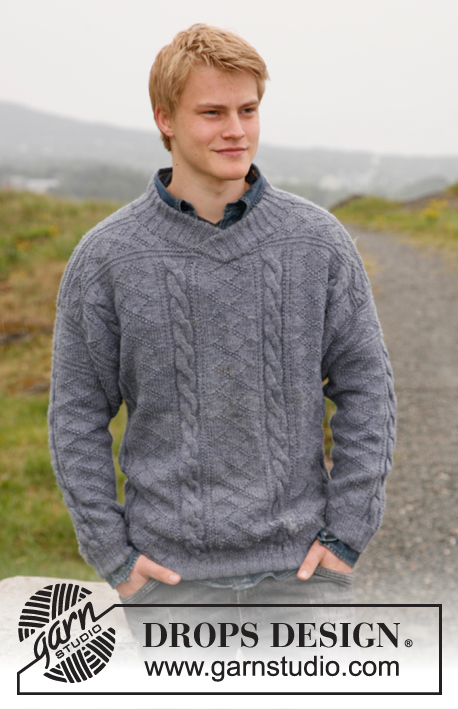
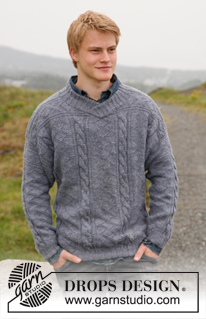


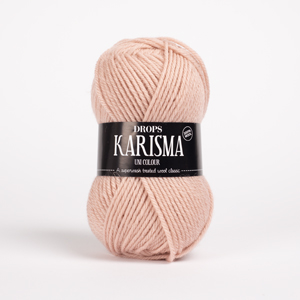





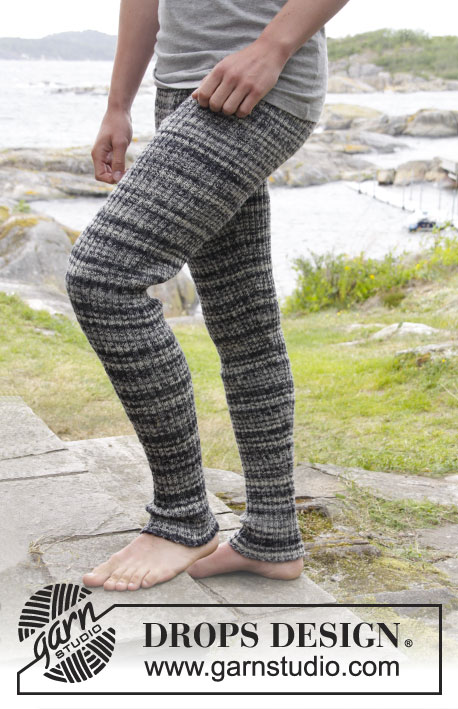
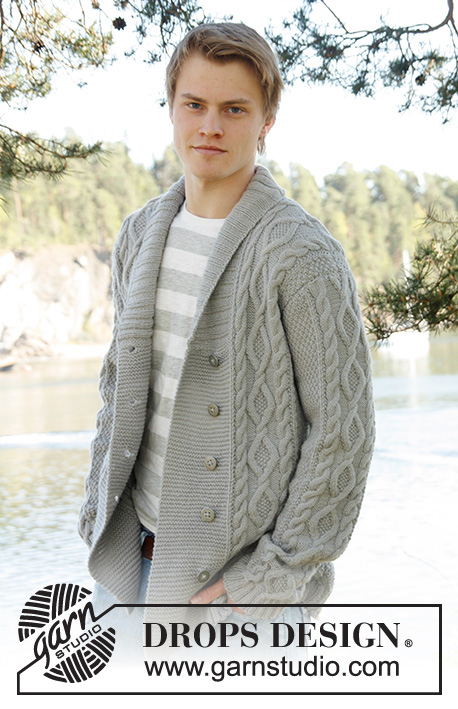





































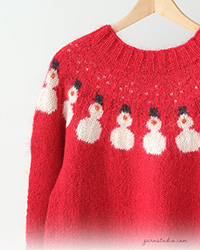
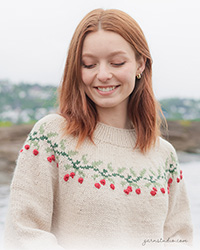
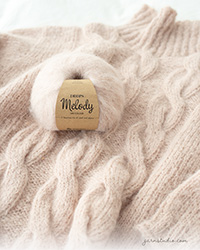


Lasciare un commento sul modello DROPS 135-36
Noi saremmo felici di ricevere i tuoi commenti e opinioni su questo modello!
Se vuoi fare una domanda, fai per favore attenzione a selezionare la categoria corretta nella casella qui sotto per velocizzare il processo di risposta. I campi richiesti sono indicati da *.